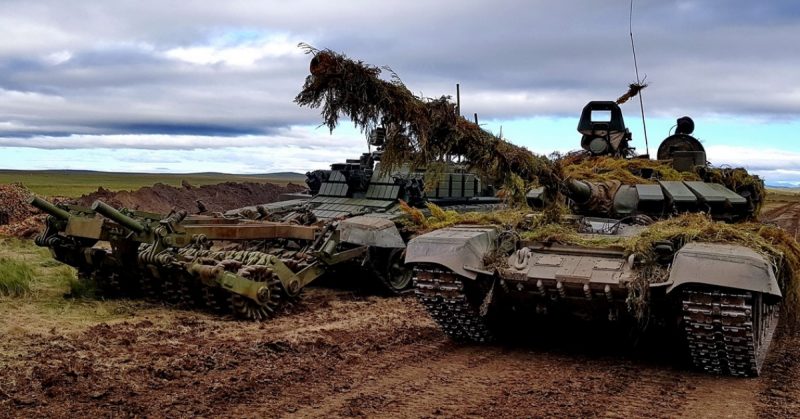Russia’s biggest ever military drills began on September 11, 2018, and continued through the 17th. Featuring Chinese and Mongolian armies, the drills took place in eastern Serbia, the Sea of Japan, the Bering Sea, and the Sea of Okhotsk. Called “Vostok-2018” (“East-2018”), the exercise was bigger than the Soviets’ previous biggest drills, which were held in 1981.
The exercises were expected to include approximately 300,000 troops, 1,000 aircraft, 36,000 combat vehicles, and up to 80 ships. The Chinese participated at a strategic level—a role normally reserved for close allies of Russia—for the first time after training with the Russians about 30 times in the past.
China’s equipment is newer than Russia’s, but they lack Russia’s experience in moving, deploying and commanding troops, which China hoped to gain during the exercises.
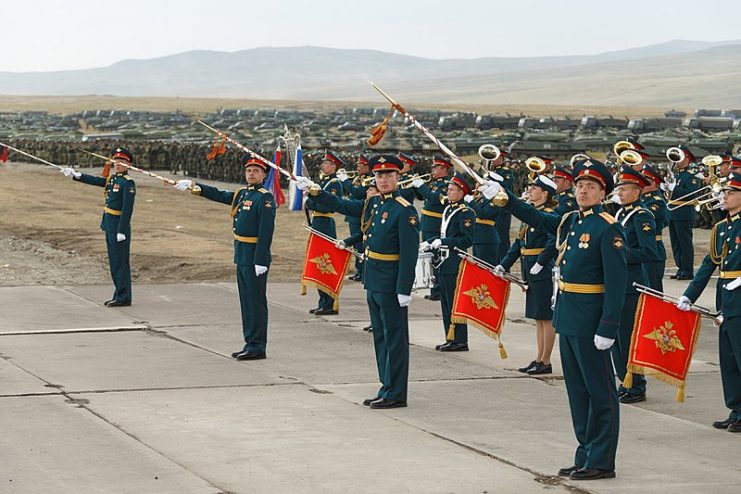
The drills were part of revolving military drills that Russia holds each year. Last year’s exercises were held in the west.
Experts are not surprised that the eastern drills are so much larger than the western version. The Vienna Document is an agreement between European nations which limits troop sizes in the west. Russia is not bound by that agreement when they hold their drills in the east.
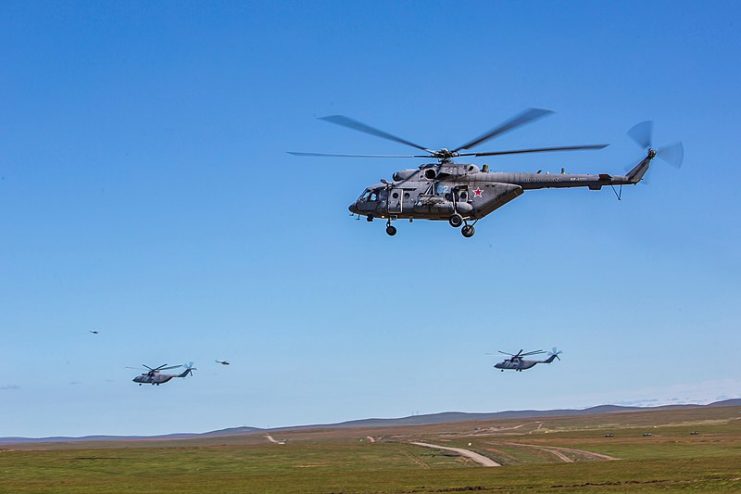
Sarah Pagung, an expert on Russia for the German Council on Foreign Relations, says that the size of the drills is an indication of Russia’s goals. “It’s clear that Russia is training for world war,” she said.
Photo
The fact that Russia is developing closer ties with China is a problem for the U.S., says Gustav Gressel, a Senior Policy Fellow for the European Council on Foreign Relations. Economic cooperation between the two superpowers has been increasing in recent years, and now they are cooperating more closely in military matters.
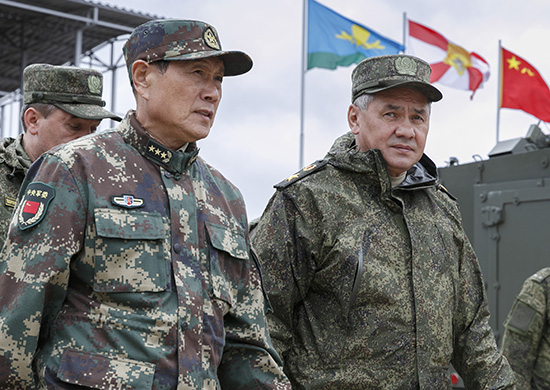
The Kremlin views the West, led by the U.S., as their main threat, and the appeal of Western culture is a danger to the stability of the Russian regime. While China is a formidable military foe, possibly more so than Europe and the U.S., it does not present the same threat to the internal stability of Russia.
Photo
Pagung also offers a different take. While she concedes that it is indeed a show of force by Russia and an attempt to be perceived as a superpower, this type of exercise is not unusual for any major power to conduct.
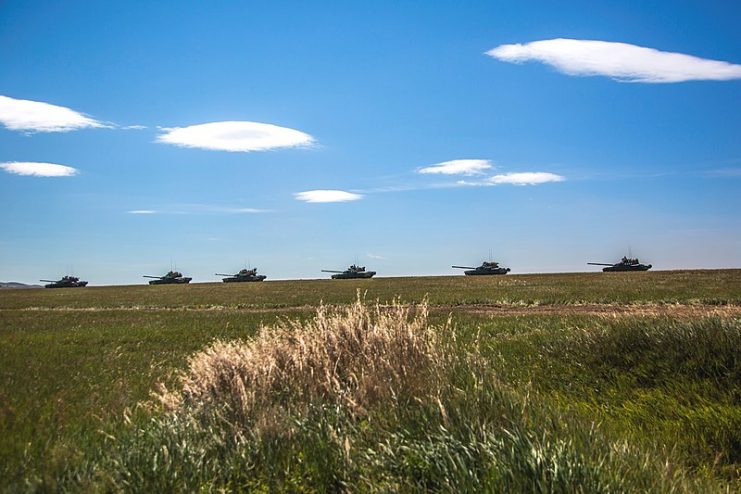
Russian President Vladimir Putin attended the exercises after he returned from an economic forum he hosted in Vladivostok. Chinese President Xi Jinping also attended the forum.
NATO called the drills a demonstration of Russia’s focus on large-scale conflict, and has increased its forces in Eastern Europe to deter military aggression from Russia.
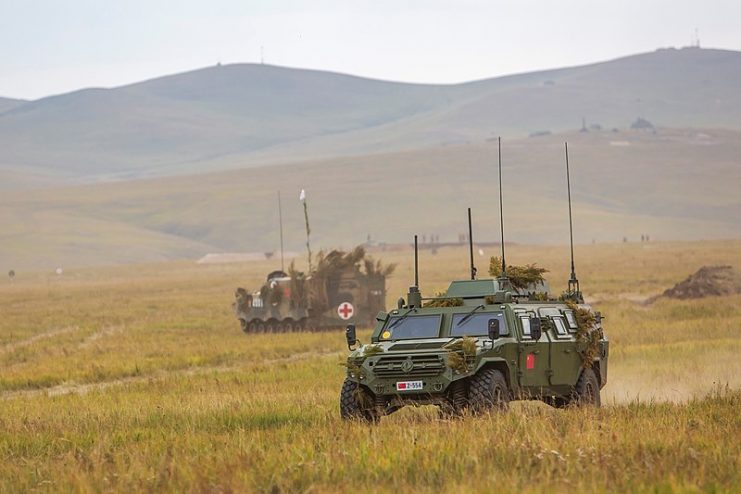
The drills were also a message to the people of Russia. Putin promised them that he would return Russia to its former status as a superpower in the world. The drills demonstrated that he has returned Russia to a position in which they can do things they haven’t been able to do since the fall of the Soviet Union.
Photo
Read another story from us: D-Day Training Video and Photos – Practice Makes Perfect
The exercises also gave the Russian military the opportunity to integrate lessons that they learned during the Syrian intervention.
